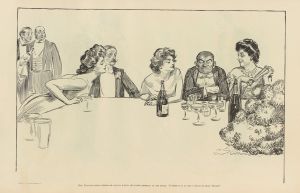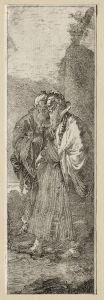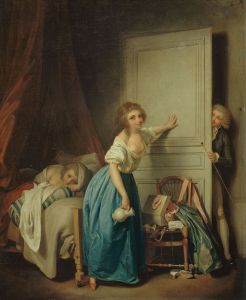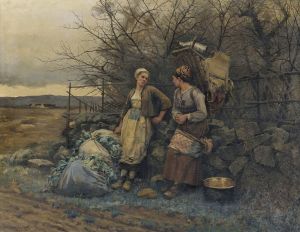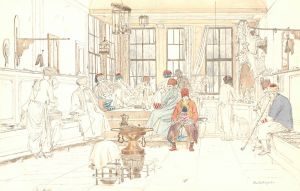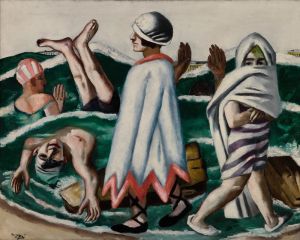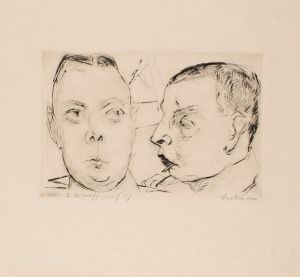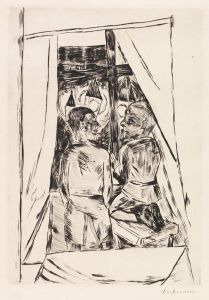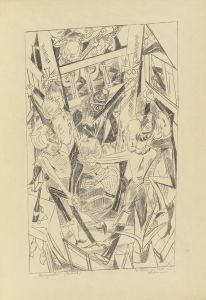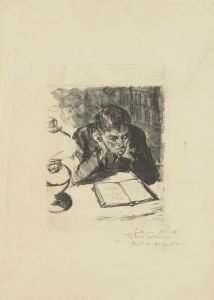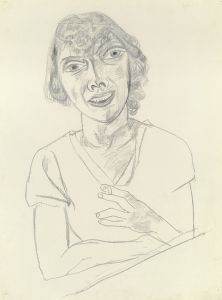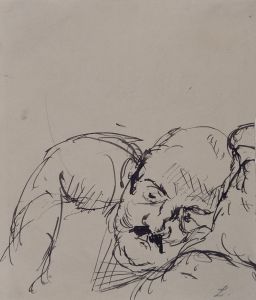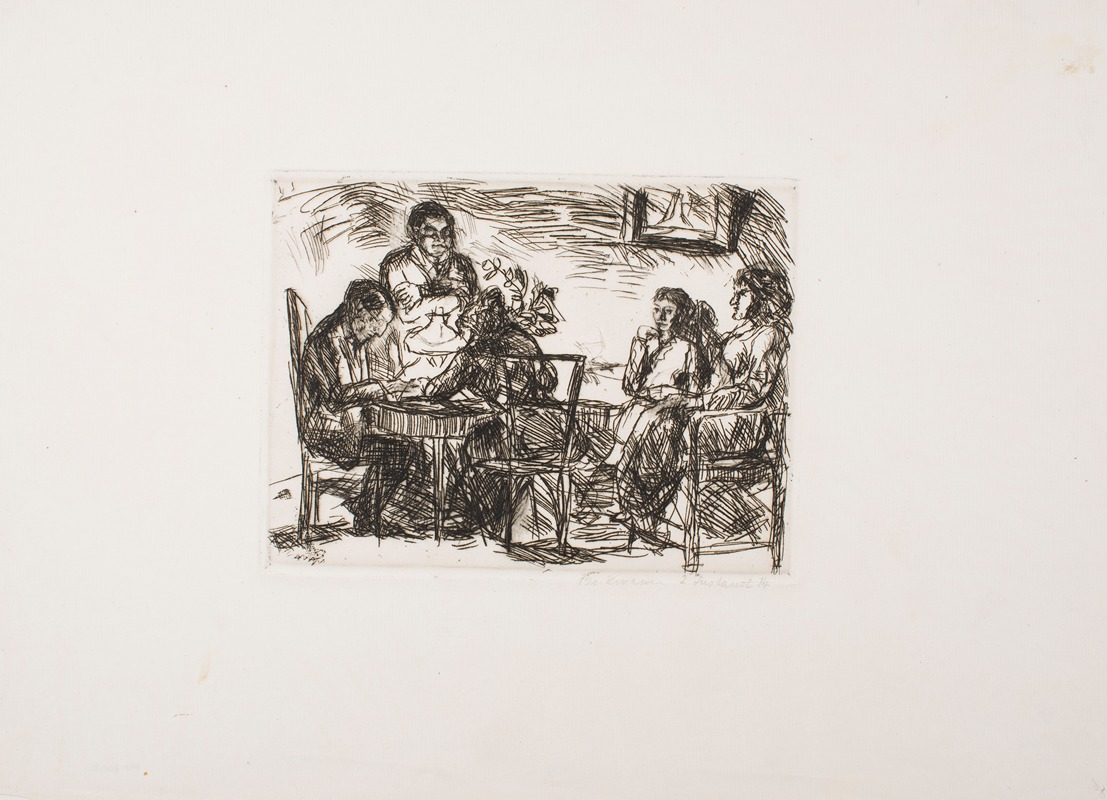
Evening Party
A hand-painted replica of Max Beckmann’s masterpiece Evening Party, meticulously crafted by professional artists to capture the true essence of the original. Each piece is created with museum-quality canvas and rare mineral pigments, carefully painted by experienced artists with delicate brushstrokes and rich, layered colors to perfectly recreate the texture of the original artwork. Unlike machine-printed reproductions, this hand-painted version brings the painting to life, infused with the artist’s emotions and skill in every stroke. Whether for personal collection or home decoration, it instantly elevates the artistic atmosphere of any space.
Max Beckmann's "Evening Party" is a significant work in the oeuvre of the German painter, who is renowned for his contributions to the New Objectivity movement. Beckmann, born in 1884, was a prominent figure in early 20th-century art, known for his intense and often complex compositions that reflect the tumultuous socio-political landscape of his time.
"Evening Party," painted in 1923, is a striking example of Beckmann's mature style, characterized by bold colors, dramatic contrasts, and a sense of psychological depth. The painting captures a scene that is both lively and enigmatic, typical of Beckmann's ability to blend reality with a sense of the surreal. The composition is densely packed with figures, each rendered with Beckmann's distinctive use of strong outlines and expressive forms.
The setting of "Evening Party" is an interior space, possibly a salon or a private gathering, which was a common theme in Beckmann's work during the Weimar Republic era. This period was marked by a sense of disillusionment and cultural experimentation following World War I, and Beckmann's art often reflects the complexities and contradictions of this time. The figures in the painting are engaged in various activities, some in conversation, others seemingly lost in thought, creating a dynamic interplay of social interaction and introspection.
Beckmann's use of space in "Evening Party" is particularly noteworthy. He employs a compressed, almost claustrophobic composition that draws the viewer into the scene, creating an intimate yet unsettling atmosphere. This technique is emblematic of Beckmann's ability to convey the psychological tension underlying social gatherings, a theme he explored throughout his career.
The color palette of "Evening Party" is rich and varied, with Beckmann employing deep reds, blues, and blacks to create a sense of drama and intensity. His use of color is not merely decorative but serves to enhance the emotional impact of the scene, highlighting the contrasts between light and shadow, presence and absence.
Max Beckmann's work, including "Evening Party," is often interpreted as a reflection of the artist's personal experiences and the broader historical context of his time. Having served as a medical orderly during World War I, Beckmann was deeply affected by the horrors of war, which influenced his artistic vision. His paintings frequently explore themes of existential angst, the fragility of human relationships, and the search for meaning in a chaotic world.
"Evening Party" is housed in the collection of the Museum of Modern Art in New York, where it continues to be a subject of study and admiration. The painting exemplifies Beckmann's unique ability to capture the complexities of human experience, making it a valuable piece for understanding both the artist's personal journey and the broader cultural currents of early 20th-century Europe.
In summary, Max Beckmann's "Evening Party" is a masterful work that encapsulates the artist's distinctive style and thematic concerns. Through its intricate composition, vibrant color palette, and psychological depth, the painting offers a compelling glimpse into the social and emotional landscapes of its time.






